- PLANETRY WINDS
- EQUATORIAL LOW-PRESSURE BELT OR DOLDRUMS
- SUB-TROPICAL HIGH-PRESSURE BELT OR HORSE LATTITUDES
UNIT 4 – CLIMATOLOGY – PART 16
The pattern of Planetary Winds largely depends on:
- Latitudinal Variation of Atmospheric Heating.
- Emergence of Pressure Belts.
- The Migration of Belts Following Apparent Path of The Sun.
- The Distribution of Continents and Oceans.
- The Rotation of Earth.
The pattern of the movement of the planetary winds is called the General of The Atmosphere. The general circulation of the atmosphere also sets in motion the ocean water circulation which influences the earth’s climate.
EQUATORIAL LOW-PRESSURE BELT OR ‘DOLDRUMS’
- Lies between 10°N and 10°S latitudes.
- Width may vary between 5°N and 5°S and 20°N and 20°S.
- This belt happens to be the ZONE OF CONVERGENCE OF TRADE Windsfrom two hemispheres from sub-tropical high-pressure belts.
- This belt is also called the DOLDRUMS, because of the extremely calm air movements.
- The position of the belt varies with the apparent movement of the Sun.
FORMATION
- As this region lies along the equator, it receives highest amount of
- Due to intense heating, air gets warmed up and rises over The Equatorial Region (Convection).
- Whenever there is vertically upward movement of air, the region at the surface will be at low pressure. Thus, the belt along the equator is called Equatorial Low-Pressure Belt.
CLIMATE
- This belt is characterized by extremely low pressurewith calm conditions.
- This is because of the absence of Surface windssince winds approaching this belt begin to rise near its margin. Thus, only vertical currents are found.
- As the larger part of the low-pressure belt passes along the oceans, the winds obtain huge amount of moisture.
- Vertical winds (convection) carrying moisture form CUMULONIMBUS CLOUDSand lead to THUNDERSTORMS (CONVECTIONAL RAINFALL).
- Inspite of high temperatures, cyclones are not formed at the equator because of ‘ZERO’ CORIOLIS FORCE.
SUB-TROPICAL HIGH-PRESSURE BELT OR HORSE LATITUDES
- The sub-tropical highs extend from near the tropics to about 35°N and S.
FORMATION
- After saturation (complete loss of moisture) at the ITCZ, the air moving away from equatorial low-pressure belt in the upper troposphere becomes dry and cold.
- This dry and cold wind subsides at 30°N and S.
- So, the high pressure along this belt is due to subsidence of air coming from the equatorial regionwhich descends after becoming heavy.
- The high pressure is also due to the blocking effect of air at upper levels because of the Coriolis force.
CLIMATE
- The subsiding air is warm and dry, therefore, most of the deserts are present along this belt, in both hemispheres.
- A calm condition (anticyclonic)with feeble winds is created in this high-pressure belt.
- The descending air currents feed the winds blowing towards adjoining low pressure belts.
- This belt is frequently invaded by tropical and extra-tropical disturbances.
HORSE LATITUDES
- The corresponding latitudes of sub-tropical high-pressure belt are called horse latitudes.
- In early days, the sailing vessels with cargo of horses found it difficult to sail under calm conditions of this high-pressure belt.
- They used to throw horses into the sea when fodder ran out. Hence the name horse latitudes.
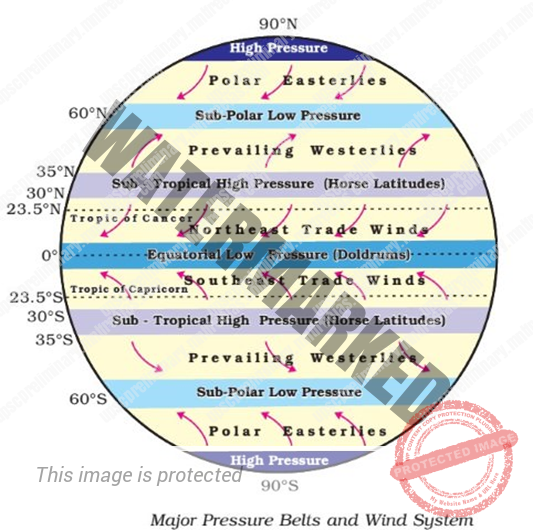
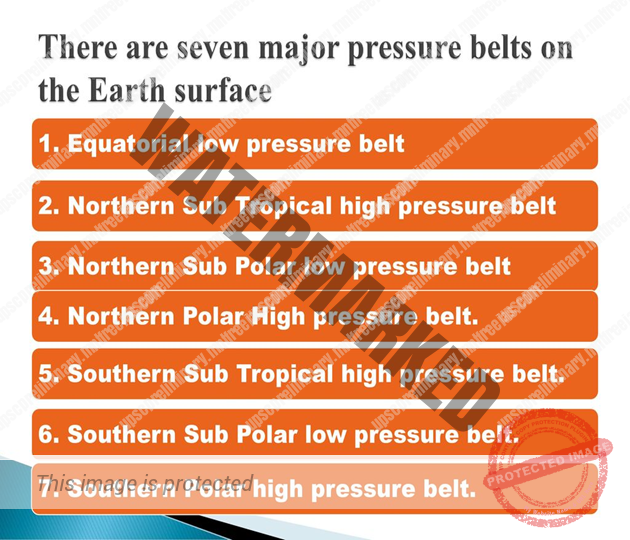
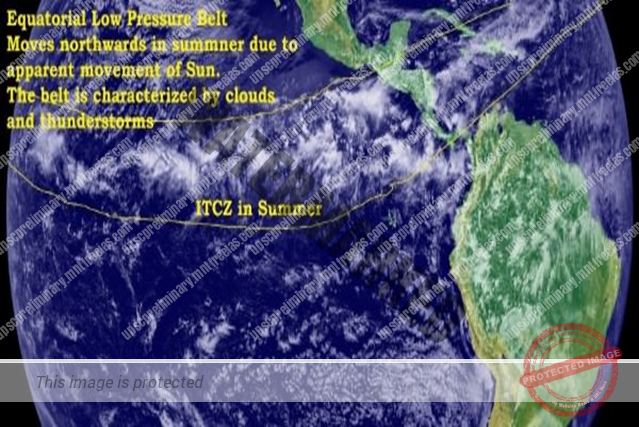
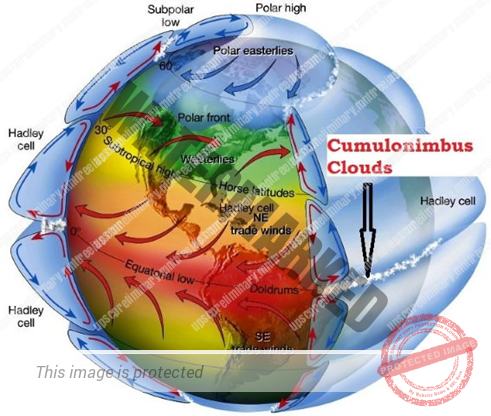
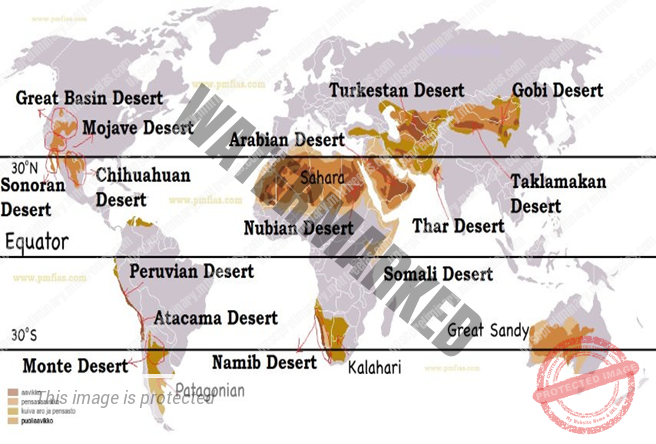
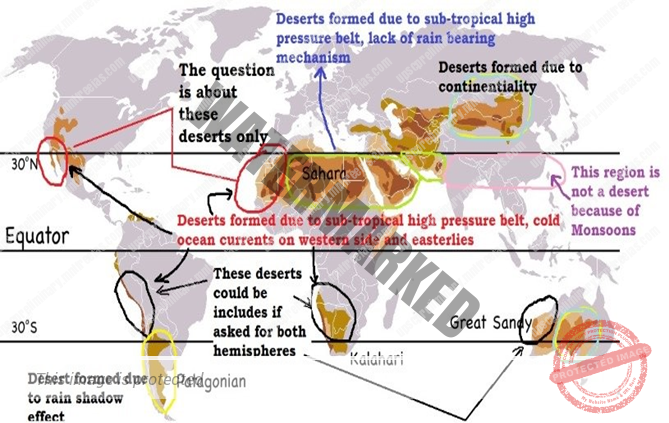
[pvc_stats postid="" increase="0" show_views_today="1"]
